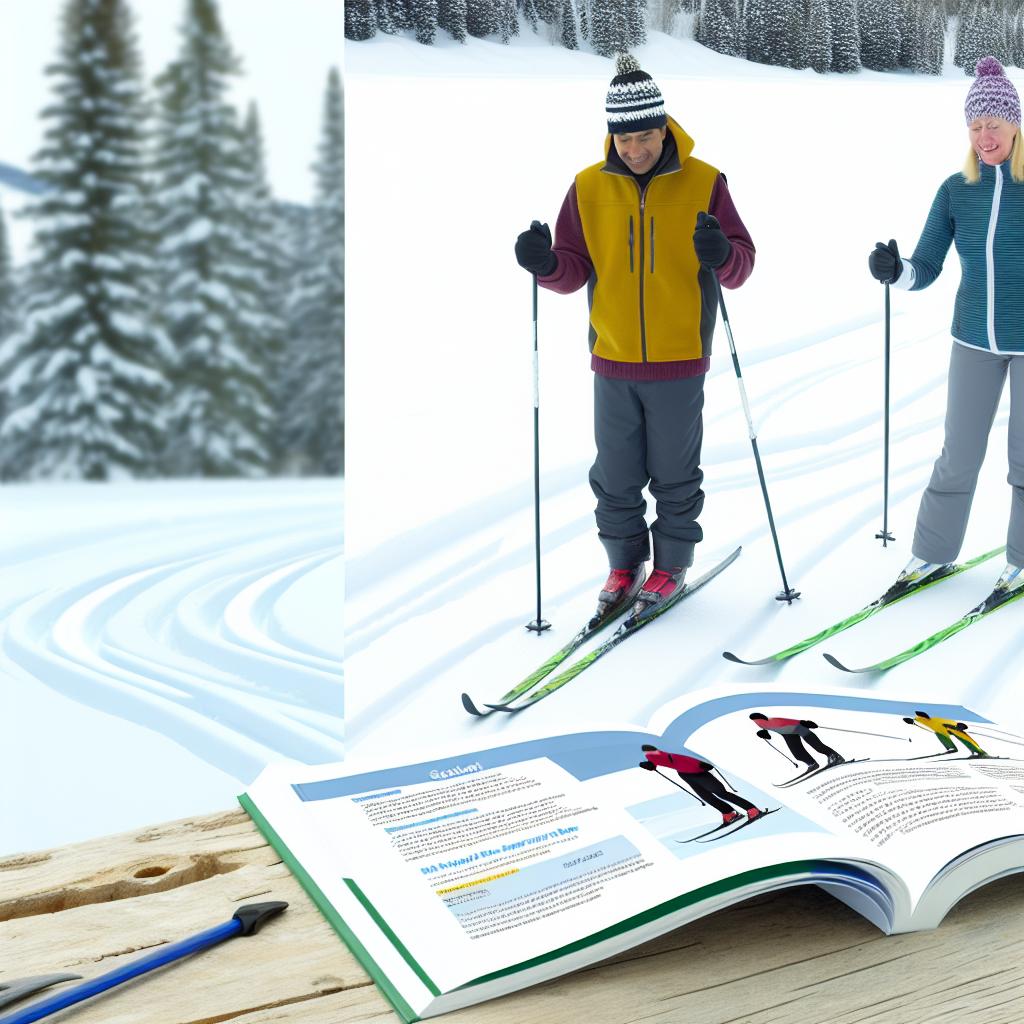Understanding Cross-Country Skiing
Cross-country skiing, often referred to as Nordic skiing, is a compelling winter sport that involves traveling across snow-covered terrains using skis and poles. It serves as both a recreational pastime and a competitive athletic event, offering enthusiasts a full-body workout and a serene connection with the winter landscape.
Types of Cross-Country Skiing
There are two primary techniques involved in cross-country skiing: Classic and Skate skiing. Understanding these techniques is crucial for more effective participation in the sport.
Classic skiing is the more traditional form. It involves a straightforward linear motion where the skis move parallel to each other. This method is usually performed on groomed tracks, providing a rhythmic flow that many find enjoyable and meditative.
Skate skiing, contrastingly, involves a motion reminiscent of ice skating wherein the skis move in a V-shape. This style generally requires a wider groomed trail, allowing for larger movements and often resulting in a more cardiovascular-intensive workout.
Necessary Equipment
The equipment needed for cross-country skiing is crucial for both safety and performance in the sport. Here’s a closer look at the essential components that every skier should consider:
Ski Gear: The primary gear includes cross-country skis, poles, and boots. It’s important to select gear that aligns with the specific technique you plan to employ as well as your skill level. For instance, skis designed for classic skiing are different from those designed for skate skiing.
Clothing: Considering the variable weather conditions, it is wise to dress in layers to accommodate changes in body temperature throughout the activity. Start with moisture-wicking base layers, add insulating middle layers, and top it off with a windproof outer layer to shield yourself from the elements.
Accessories: Additional items such as sunglasses or goggles, gloves, and hats play an integral role in protecting you from harsh winter elements. Proper accessories not only contribute to comfort but also enhance your ability to perform by minimizing distractions from extreme conditions.
Selecting the Right Equipment
Choosing the appropriate equipment can significantly impact your skiing experience. Here are some factors to consider:
Skill level: Beginners who are just starting out may find it easier to control shorter skis. These offer improved maneuverability and reduced complexity when practicing basic techniques.
Trail type: Pay attention to the nature of the trails you plan to ski on. Different types of skis are more suited for groomed trails versus more rugged off-track terrains. Selecting appropriate skis will enhance your stability and performance.
Weather conditions: Since weather is a dynamic factor, choose clothing that will offer comfort and protection suitable for the climate and conditions where you plan to ski. Being appropriately dressed ensures you can stay out in winter conditions longer and enjoy the activity.
For those seeking further guidance, consulting specialized resources like local ski shops or online stores is advisable. These outlets often provide expert advice tailored to individual needs and circumstances, enhancing the likelihood of making well-informed equipment choices.
Learning the Basics
To make the most of your cross-country skiing experiences, it is beneficial to learn the basics before taking on more challenging trails. Engaging in lessons or accessing instructional videos online from reputable sources can be immensely helpful in acquiring foundational techniques.
Structured lessons offer personalized feedback, addressing specific issues or incorrect practices, and are a wise investment for both enjoyment and injury prevention. For those unable to commit to formal lessons, there are abundant online resources that cover basic skills in great detail.
Finding Suitable Trails
Choosing the right trails is another critical aspect of a positive cross-country skiing experience, particularly for beginners. Look for trails matching your current skill level to ensure safety and enjoyment.
Many parks and recreational areas offer groomed trails specifically for cross-country skiing. These trails, often maintained by local clubs or municipalities, provide safe and well-managed environments ideal for beginners. Checking local winter sports websites can be an excellent way to find nearby trail locations and up-to-date conditions, helping you plan your outings effectively.
As you gain more confidence and proficiency, the scope of your adventures can expand to include more challenging trails and diverse landscapes. This progression allows for a gradual enhancement of skills and an ever-increasing appreciation of the sport.
Finally, preparation and consistent practice are key components to gaining the full benefits of cross-country skiing. By starting with the appropriate equipment, learning essential techniques, and gradually exploring different trails, the rewarding nature of this winter activity can be enjoyed safely and effectively. The sport not only enhances physical fitness but also offers a unique way to experience the tranquility and beauty of a winter landscape.
